18 Things Humans Do That Dogs Find Extremely Annoying

Humans often don’t realize how some of their everyday habits can irritate their canine companions. From loud noises to confusing body language, dogs pick up on things that might seem harmless to us but feel frustrating to them.
Understanding what annoys dogs can help strengthen the bond between you and your furry friend. In this article, we’ll explore 18 common human behaviors that dogs find extremely annoying. Learning these can make life more enjoyable for both you and your pet.
1. Sudden Movements

Canines have a keen sense of their surroundings, and sudden movements can catch them off guard.
This unexpectedness often leads to anxiety or fear. Always approach your furry friend with calmness, offering them the assurance they need.
Being abrupt in your actions might make them feel threatened. Ensure your movements are smooth and predictable.
Gentle and deliberate actions can help build trust between you and your dog, making them feel safe and secure.
2. Rushed Walks

Pooches thrive on exploration, and a rushed walk can curtail their natural curiosity. These quick outings might not meet their need to sniff and discover their surroundings. Take time to let them lead occasionally.
Allowing your dog to pace their walk can enhance their experience and provide mental stimulation.
Remember, walks are not just physical exercise for them; it’s a time to engage with the environment. Savor these moments together.
3. Long Periods Alone
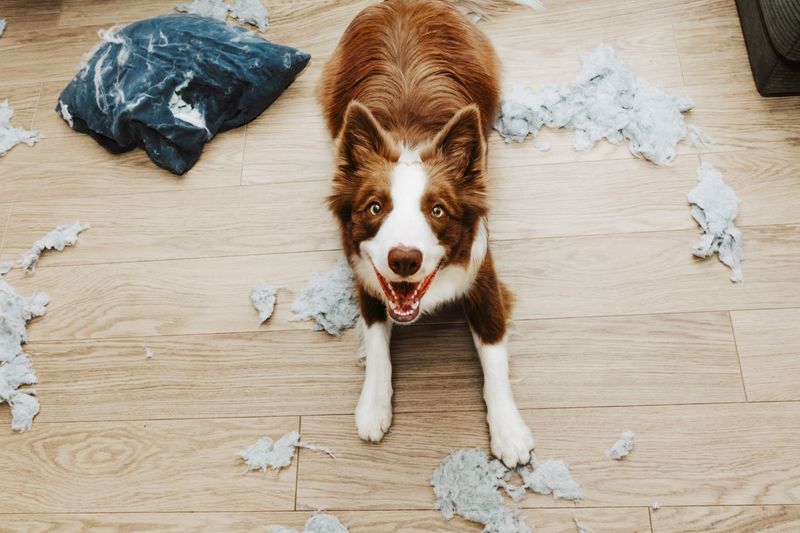
Social creatures at heart, dogs often feel lonely when left by themselves. Extended solitude might lead to anxiety or destructive behaviors.
It’s important to ensure they have company or mental stimulation when you’re away.
Toys, music, or even a fellow pet can alleviate some of this loneliness. Regular interaction can make returning home a more joyful event for both.
4. Yelling Or Harsh Tone

A harsh tone can be quite unsettling for dogs. When voices rise, they may not understand why and become fearful.
Building a bond of trust means communicating with kindness and patience. Opt for a gentle approach, as your pup is more likely to respond positively.
Encouragement and positive reinforcement can work wonders in training and behavior correction.
5. Dressing Them Up

For many dogs, outfits are more of a hindrance than a fashion statement. They might feel restricted and uneasy in clothing.
Consider whether your dog truly needs to wear that cute outfit. While some might tolerate it, others might feel confined or stressed.
Prioritize their comfort and ease over aesthetics, ensuring they can move freely and naturally.
6. Ignoring Body Language
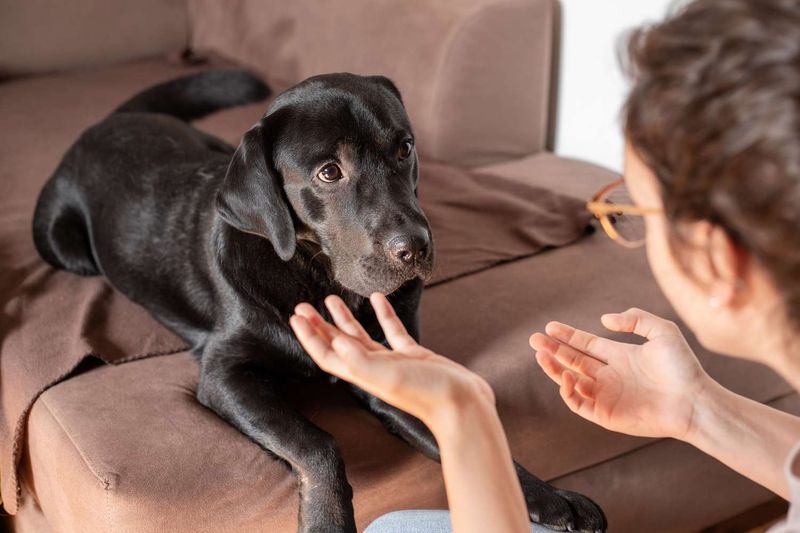
Dogs speak volumes through their posture and gestures. Overlooking these cues can lead to misunderstandings. They might be trying to convey stress or discomfort, which we should heed.
Observing their ears, tail, and stance can provide valuable insights.
Being attentive to these signals can prevent potential issues and strengthen mutual understanding. Your awareness can be a bridge to better communication.
7. Not Respecting Their Space

Every dog values its own space, and crowding them can cause distress. It’s crucial to allow them a haven where they can retreat and feel secure.
Recognizing when they need solitude shows respect for their needs. Avoid forcing interactions, especially during their rest times. Let them approach you when they’re ready, fostering a more relaxed and trusting relationship.
8. Hugging Too Tight
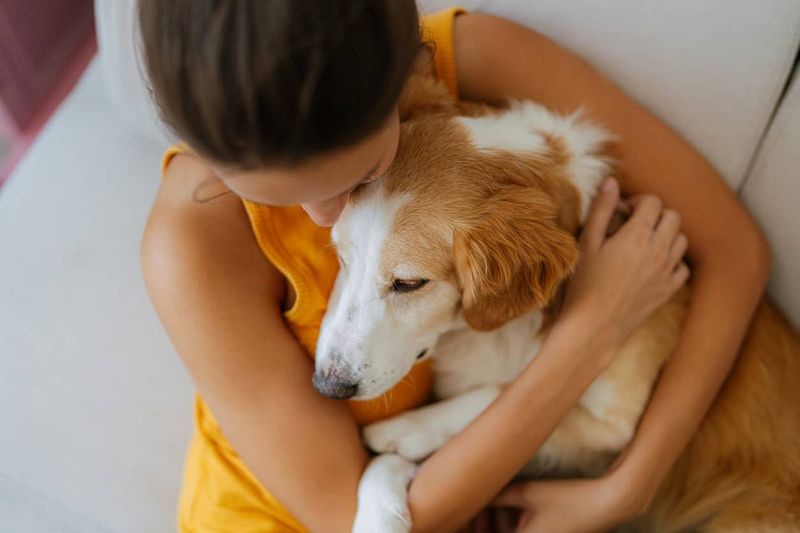
What feels like affection to us might be confinement to them. Tight hugs can make dogs feel trapped, causing discomfort.
Instead, offer gentle pats or strokes, which they might find more pleasant. Allow your canine companion to initiate contact. This not only respects their comfort but also enhances the affection you share.
9. Inconsistent Training
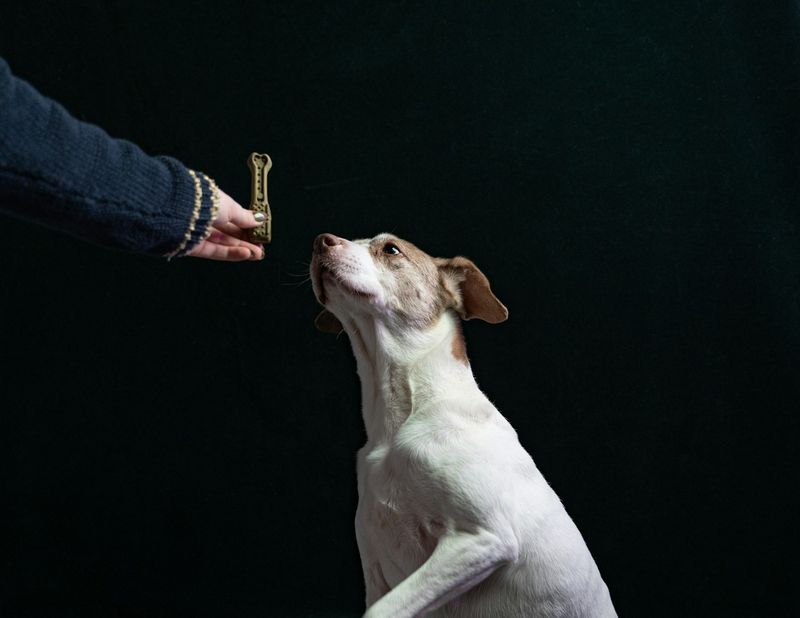
Consistency is key in a dog’s learning process. Mixed signals can perplex them, making training less effective.
Ensure everyone involved in their training is on the same page regarding commands and routines.
Clear, consistent instructions build confidence and understanding. This cohesive approach leads to better learning outcomes.
10. Bath Time Struggles

For many dogs, bath time is synonymous with dread. The sensation of water and soap can be distressing if they’re unprepared or forced.
Making bath time a positive experience requires patience and encouragement. Use treats and praise to reward their cooperation. Gradually introduce them to water, ensuring they’re comfortable with each step.
11. Punishing For Natural Behaviors

Barking, chewing, and digging are inherent canine behaviors. Punishing them for such actions can lead to confusion and anxiety.
Redirecting their energy to appropriate activities is a more constructive approach. Training them to understand boundaries while respecting their instincts creates a harmonious home environment.
12. Loud Noises

With their acute hearing, dogs can find loud noises overwhelming. Thunderstorms or fireworks can be particularly distressing.
Creating a calm, secure environment during these events can help alleviate their fear. Providing a safe space where they can retreat offers comfort and reassurance. Your presence can also be a comforting anchor.
13. Forcing Socialization
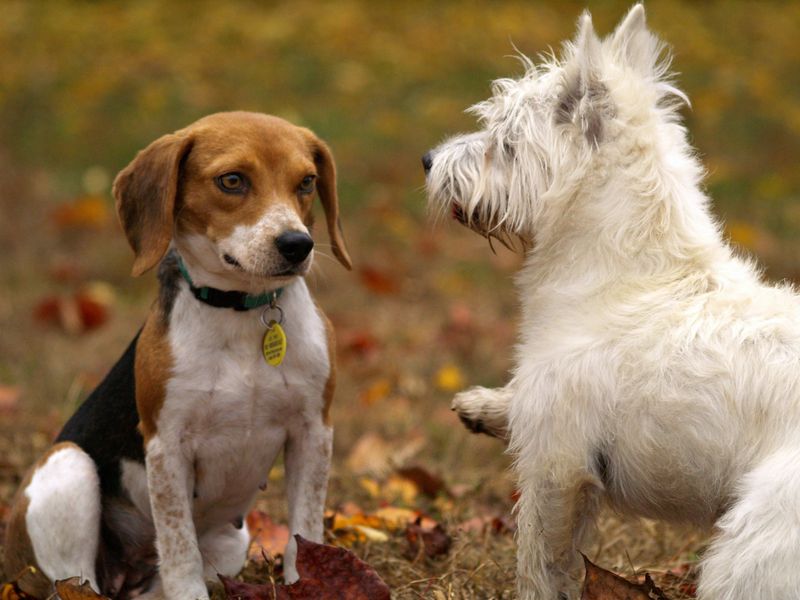
Not all dogs are social butterflies. Forcing them into interactions can lead to stress or aggression.
Understanding their comfort levels and gradually introducing them to new friends is key. Let them dictate the pace of socialization. This respectful approach ensures they feel safe and more willing to engage over time.
14. Overstimulation

Too much excitement can leave dogs feeling frazzled. Overcrowded parks or excessive play can push them to their limits.
Recognizing signs of stress, like panting or retreating, allows for timely breaks. Balance activity with rest, tailoring outings to their comfort level. This balance keeps them happy and healthy.
15. Not Enough Playtime

Playtime is more than fun; it’s essential for mental stimulation. Lack of it can lead to boredom and even behavioral issues.
Engage with your dog through games and activities they enjoy. Regular play strengthens your bond and satisfies their need for interaction. It’s a win-win for both.
16. Uncomfortable Collars Or Harnesses
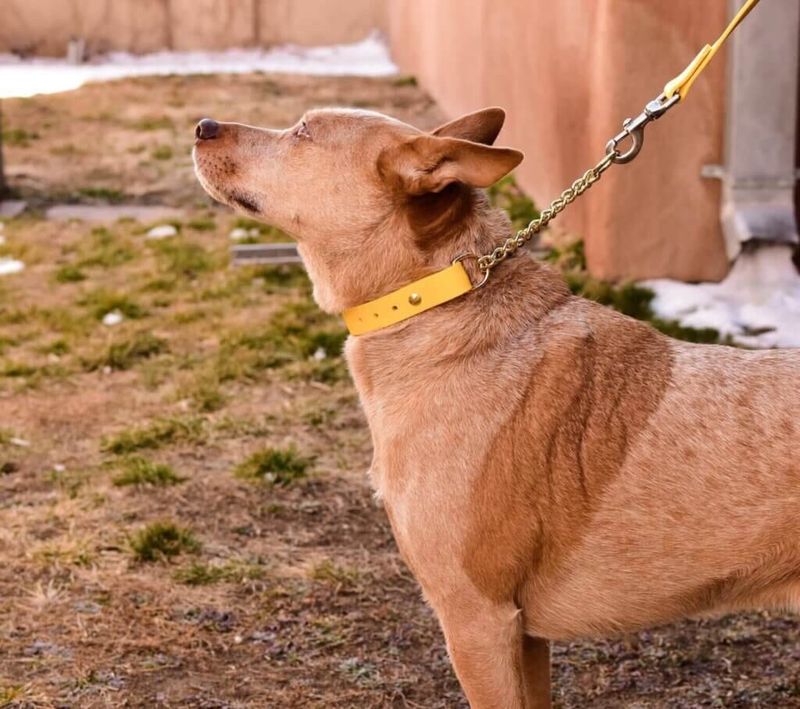
An ill-fitting collar or harness can be more than a mere annoyance—it can cause discomfort or even pain. Ensuring a proper fit is crucial for their comfort and safety.
Check for any signs of irritation or chafing, adjusting as needed. Investing in quality gear that suits their size and breed ensures they can move with ease. Prioritizing their comfort leads to happier walks together.
17. Ignoring Their Sleep Schedule

Dogs, much like humans, have their own sleep schedules. Imagine being woken up abruptly from a deep sleep. Irritating, right? Dogs feel the same when their quiet nap time is interrupted.
Your furry friend needs ample rest to stay healthy and energetic. Disrupting their sleep can lead to grumpiness, similar to a toddler deprived of a nap.
Allowing your dog to relax and sleep uninterrupted is key to keeping them happy and well-adjusted. Respecting their sleep schedule can lead to a more harmonious relationship, as a well-rested dog is a happy dog.
18. Unwanted Contact With Strangers
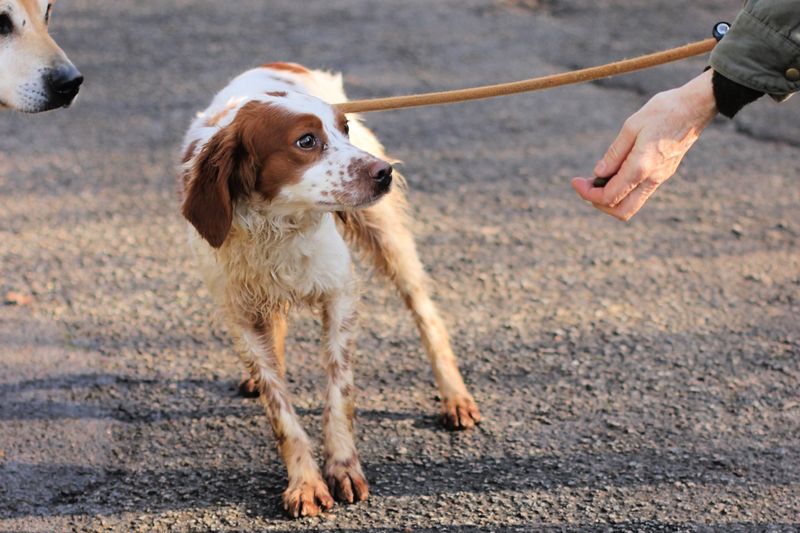
Some dogs are social butterflies; others, not so much. Imagine strangers constantly invading your personal space. Uncomfortable, isn’t it? Dogs can feel the same way.
Not all dogs enjoy being touched by people they don’t know. This can cause anxiety and stress. It’s important to understand your dog’s comfort level with strangers and respect it.
Teaching others to approach your dog with caution and allowing the dog to initiate contact can make a big difference. Each dog is unique, and understanding their personal boundaries is essential for their well-being.






